
Never have there been so many opportunities for non–dispensing pharmacist roles. At the same time, there has never been such a need to save the dispensing environment.
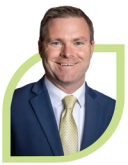
Troy Trygstad, PharmD, PhD, MBA, is the executive director of CPESN USA, a clinically integrated network of more than 3500 participating pharmacies. He received his PharmD and MBA degrees from Drake University and a PhD in pharmaceutical outcomes and policy from the University of North Carolina. He has recently served on the board of directors for the Pharmacy Quality Alliance and the American Pharmacists Association Foundation. He also proudly practiced in community pharmacies across the state of North Carolina for 17 years.

Never have there been so many opportunities for non–dispensing pharmacist roles. At the same time, there has never been such a need to save the dispensing environment.

Recent editorial calls into question role, use of drug coverage for medications that often cost pennies to procure.

Technicians, other support staff stepped up during the pandemic and took on new responsibilities, which should earn them permanent respect.

Unlike in The Wizard of Oz, there may be more of a scare than actual danger from non-physicians prescribing diagnostics, treatments

After not paying attention, looking other way for years, is the pharmacy industry letting patients down again by employing crude methods of controlled substances monitoring?
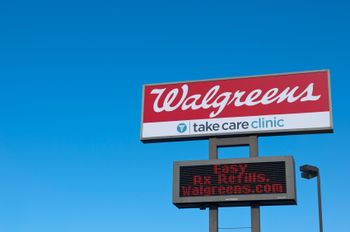
For almost half a century, the pharmacy business pulled away from serving patients into retailing, spreadsheet wars; COVID-19 changed the game.

Every change in participation offers the opportunity to self-channel to community pharmacies or mail order.

Loosened restrictions will likely create a more pronounced influenza season this fall.

As pharmacy conglomerates race toward controlling patient journey, community pharmacist role remains murky.

Another market innovation continues the bifurcation of the profession's practice as community pharmacies become generics businesses.

Our health care system flunks every available test of public health and population management readiness and response; it is time to call in the cavalry.

In a sector that relies heavily on opacity, who knows what might be found in the government's inquiry?

Rates of influenza and associated hospitalizations demand late-season vigilance.

Pharmacists possess abundant knowledge about health modalities and medications that they should share with patients.

Fees are now so large that "hiding the cheese" will be harder to accomplish in a year and a half.

Community pharmacies may become generics-only dispensers unless manufacturers rethink the bifurcation of prescription drugs.

With additional responsibilities and a wider scope of services comes the need for more effective and efficient delegation.
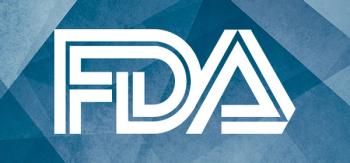
Will expansions in scope of authority stick, or have the effectiveness and speed of pharmacy adoption of services moved the medical establishment to battle stations?

Technicians have become so much more essential in pharmacies and to patients than their titles imply.

Breadth, intensity of vertical integration keeps growing, leaving pharmacies' future role uncertain.

Pay for outcomes is here to stay. What therapeutic end points to evaluate success are on the horizon?

Pay for outcomes is here to stay, but are pharmacy claims an outdated source of quality measurement?

Pharmacists are the only health care professionals unable to bill for what they are trained to do.
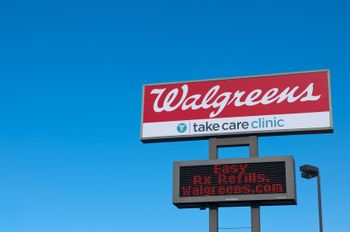
But the role of the pharmacy chain in health systems, primary care, and specialty is uncertain.

Service opportunities and increasing demand for a highly skilled workforce as driving innovation.

Technician Sirena Maxwell discusses how non-pharmacist staff members are emerging as key personnel for a strategic shift toward revenue outside dispensing.

Act 406 Allows Community-Pharmacy Service Delivery; HHS Follows With Groundbreaking Ninth PREP Amendment
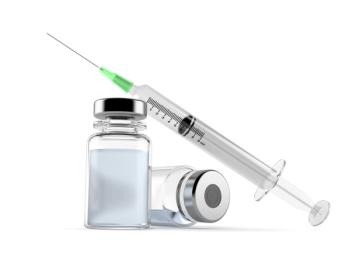
But will policy and program administrators make optimal use of existing primary care and pharmacy systems?

You read that correctly; drop the zero in 20 to explain spending in the sector in the near future.

OBRA '90 reinforces a culture of "give the service away and focus on preserving the buy-sell margin of the product."